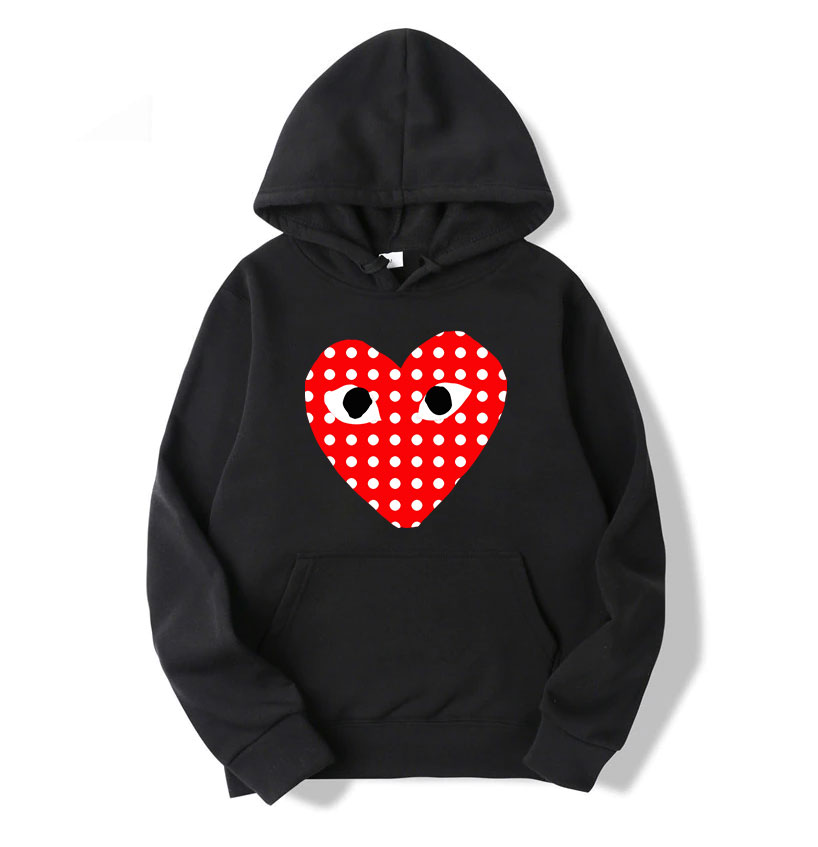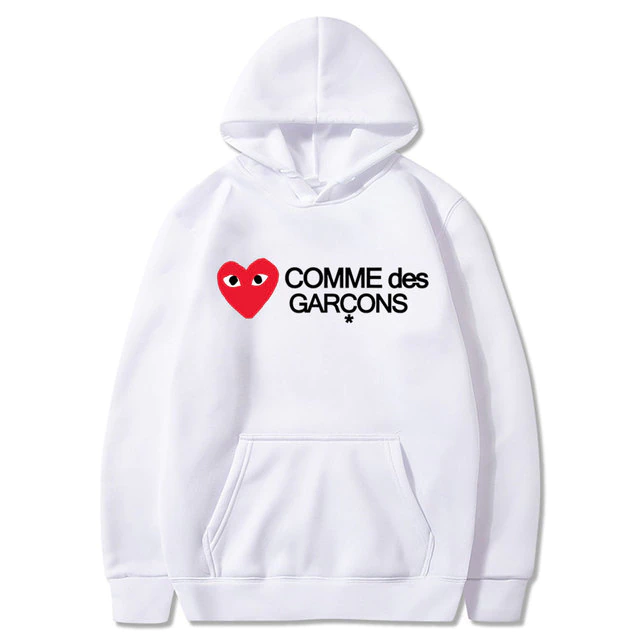Comme des Garçons Clothing: The Epitome of Avant-Garde Fashion
Comme des Garçons, a trailblazer in the fashion world, stands out for its bold, avant-garde designs and innovative approach to clothing. Founded by Rei Kawakubo in 1969, the brand has carved a unique niche in the industry, constantly pushing the boundaries of traditional fashion. This article delves into the history, distinct design elements, cultural impact, and ongoing legacy of Comme des Garçons clothing.
The Origins of Comme des Garçons
Comme des Garçons, meaning “like boys” in French, was born out of Rei Kawakubo’s vision to create gender-neutral clothing that defied conventional fashion norms. Established in Tokyo, the brand quickly gained a following for its radical departure from mainstream styles. By 1973, Comme des Garçons had become a significant force in Japan, known for its deconstructed and asymmetrical designs.
Breaking into the International Scene
In 1981, Comme des Garcons made a dramatic entry into the international fashion scene with its debut in Paris. The collection, characterized by a stark monochromatic palette and distressed fabrics, challenged the opulent and glamorous trends of the time. This unconventional approach, often termed “Hiroshima chic,” captivated and perplexed the fashion world, solidifying Kawakubo’s reputation as a visionary designer.
Design Philosophy and Signature Elements
Rei Kawakubo’s design philosophy revolves around the concept of “anti-fashion,” where traditional fashion rules are subverted to create something entirely new. This ethos is evident in the distinct design elements that define Comme des Garçons clothing.
Deconstruction and Asymmetry
One of the most recognizable aspects of Comme des Garçons clothing is its use of deconstruction. Kawakubo often dissects traditional garments and reassembles them in unexpected ways, resulting in pieces that defy conventional construction techniques. Asymmetry is a recurring theme, with irregular cuts and unexpected proportions creating a sense of dynamic imbalance.
Unconventional Materials and Textures
Comme des Garçons is renowned for its experimentation with materials. Kawakubo frequently incorporates unconventional fabrics such as felt, vinyl, and plastic into her designs, creating unique textures and visual effects. This innovative use of materials adds depth and complexity to the garments, making them stand out in the crowded fashion landscape.
Conceptual and Artistic Approach
Each Comme des Garçons collection is a conceptual exploration, often addressing themes such as identity, imperfection, and the human condition. Kawakubo’s designs transcend mere clothing, functioning as wearable art that challenges and provokes thought. This artistic approach elevates the brand, positioning it as a leader in avant-garde fashion.
Cultural Impact and Collaborations
Comme des Garçons has had a profound impact on fashion and popular culture, influencing designers and artists across various disciplines. The brand’s cultural significance is amplified by its strategic collaborations and innovative projects.
Influence on Contemporary Fashion
The innovative designs of Comme des Garçons have inspired countless designers, encouraging them to push the boundaries of conventional fashion. Kawakubo’s willingness to challenge norms and explore new creative territories has opened doors for more experimental and avant-garde fashion.
Notable Collaborations
Comme des Garçons is known for its high-profile collaborations with a diverse array of brands and artists. Partnerships with luxury fashion houses like Louis Vuitton and Hermès, as well as streetwear labels like Supreme, have resulted in unique and highly coveted collections. These collaborations blend Comme des Garçons’ avant-garde sensibilities with other design perspectives, creating one-of-a-kind pieces that capture the imagination.
Comme des Garçons Play
In 2002, Comme des Garçons launched Comme des Garçons Play, a more accessible line that features the iconic heart logo designed by Polish artist Filip Pagowski. This line has gained immense popularity, offering a playful and casual take on the brand’s avant-garde roots. The heart logo has become a symbol of the brand’s unique blend of high fashion and streetwear.
The Legacy of Rei Kawakubo
Rei Kawakubo’s influence extends far beyond commes de garcons. Her work has been celebrated in major exhibitions, such as the 2017 solo exhibition at the Metropolitan Museum of Art’s Costume Institute, titled “Rei Kawakubo/Comme des Garçons: Art of the In-Between.” This retrospective highlighted her significant contributions to fashion and underscored her status as a pioneering designer.
Ongoing Innovation
Even after more than five decades, Kawakubo continues to innovate and redefine fashion. Her recent collections explore new themes and techniques, ensuring that commes de garcon remains at the forefront of avant-garde fashion. This relentless pursuit of creativity and originality cements her legacy as one of the most influential designers of our time.


